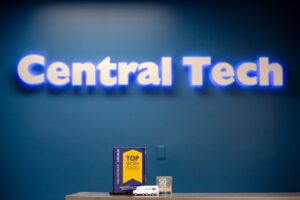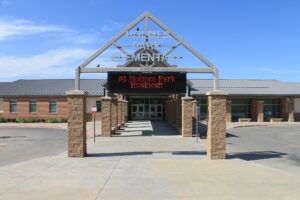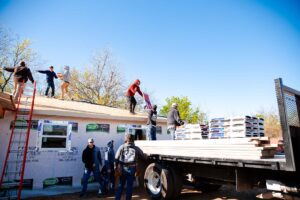What kind of high school did you go to? Chances are, it looked very similar to the one your parents attended. Classes of students in rows of desks, working out of a textbook or a computer, trying to take in what the teacher was saying at the front of the classroom while daydreaming about the weekend ahead. It’s structured. It’s standard.
It’s also not how classes run anymore. The dated, rigid way of doing class began fading at the turn of the last decade as textbooks were replaced by Chromebooks and standard classes gave way to “career tracks,” that forced students to think more about life after high school.
As of 2019, all ninth-graders in Oklahoma must complete an Individualized Career Academic Plan (ICAP) in order to graduate, and they have to update their ICAPs every year. The purpose is to put students on a path to preparedness for the adult world, and a plan to get them there, with literal goals and milestones along the way.
The upcoming Chieftain Stronger School Bond is looking to not only expand on that program but even accelerate it, increasing opportunities for the students in a way their parents and grandparents never got to experience. This is part three of the four-part series on the Chieftain Stronger School Bond. Today we’re exploring Educational Pathways. Read more on our Cheiftain Stronger coverage here.
What are Educational Pathways?
Mindy Englett, the Educational Pathways Director for Sapulpa Public Schools, says the ICAP program is already in full swing at the district, as each student and their counselors work out an intentional sequence of courses that put the students on a path to progress towards certain post-secondary education goals, whether it be college, Central Tech, the military or anything else.
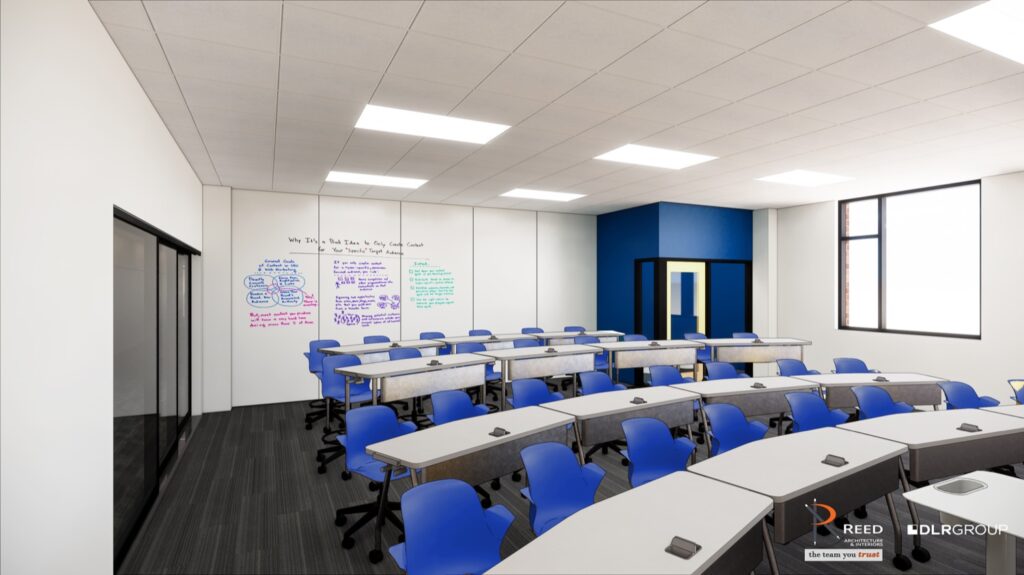
“We considered how we could make the most of this chance to give all Sapulpa students greater support for job exploration and the learning opportunities necessary to help them pursue those careers after graduation,” Englett said. “This led to the development of the Educational Pathways program.”
Educational Pathways enable the student to learn career expertise by way of courses in school, internships and more. The school designs broad paths geared toward specific career clusters that feature a lot of intersecting subpathways. Some of the paths may lead to a college degree, while others may lead to a technical certificate, and still others may result in a portfolio of work assembled to show a potential employer. Englett says the program is a chance to develop the workforce of the future all while continuing and maintaining high school course requirements. “The Pathways program is in place to enhance learning and give students a path to success after graduation by exploring careers now,” she says.
Concurrent enrollment courses are nothing new; for years now, some students have had the opportunity to earn college credit through their advanced placement classes, but those opportunities were limited in scope and only available to certain students. Educational Pathways seeks to provide that same sort of post-high school benefit to students who may not even be interested in attending college.
“This is that it is not just college or career tech-driven,” Englett says. “This is driven by what our individual students need for success after graduation. Every student is not going to college, nor should they. However, every student will need to have a plan for their future. This is a time to develop that plan and explore future career options.”
Full STEAM ahead
Though the Science, Technology, Engineering, Art, and Mechanics (STEAM) programs have sharply increased over the years, those classes were often seen as secondary and relegated to elective courses at the back of the building or after-school programs. The new high school will feature more of these courses front and center, with art spaces and fabrication labs—often called “fab labs”—as some of the first areas a visitor will see when they walk through the front door.
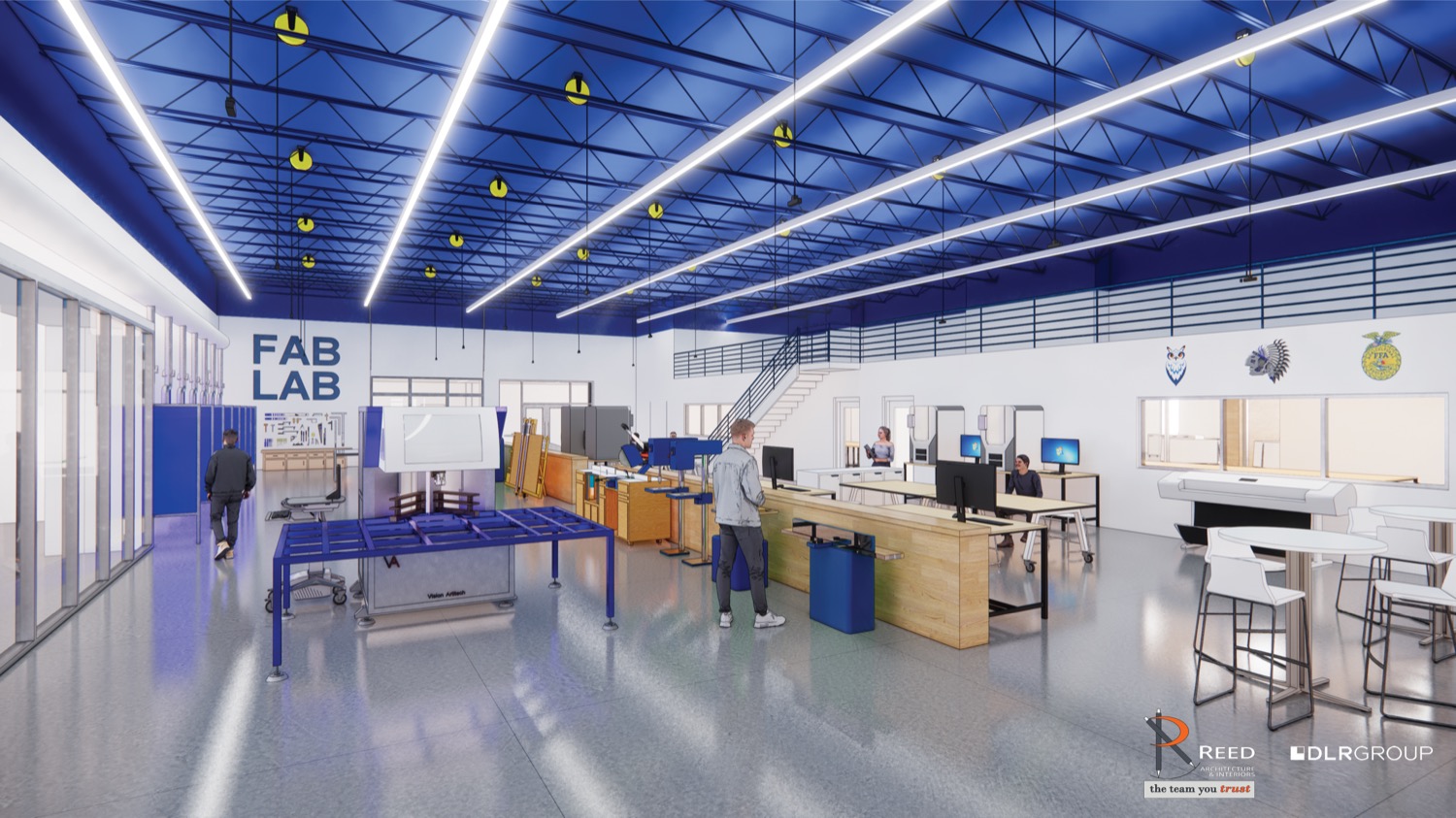
Englett described the scene as busy and a distinct contrast to the traditional classroom setting of tables and chairs. “You might observe kids using a 3D printer to make prototypes, the robotics team building and testing their robotic equipment,” she said. “The Agriculture Education department’s animal science lab might be hosting a live animal exhibition. The possibilities are truly limitless.”
Englett says that although they will still have the traditional courses, students are no longer coming to school for the conventional classroom experiences. “Students come for the social interaction and for the programs we offer,” she says. “This is really about the opportunity we have, to engage all learners in future-ready courses and opportunities.”
Tradition meets technology
In recent years, as computing power rose and gave way to artificial intelligence, the conversations about the classroom became centered around how the next generation might be able to earn a living. From Silicon Valley to political pundits, the response has largely been, “learn to code.”
The result has been a lot of computer programmers and software engineers—not to mention birthing a whole new category of jobs in the social media space—but it has also meant a rather alarming drop in skilled labor like electricians, plumbing, HVAC, the list goes on. These are industries that still very much exist and are in dire need of people to do these jobs.
Sapulpa Schools believes that it doesn’t have to be one or the other; that we can train students for jobs that sorely need to be filled while at the same time utilizing the latest technology to get there.
“Students will get access to some of the most cutting-edge equipment currently utilized in industry,” Englett says. “New technology added throughout the building will only enhance instruction. Additionally, the Pathways program will offer more internship opportunities, and students will be able to gain practical experience using some of the technology utilized in the industry.”
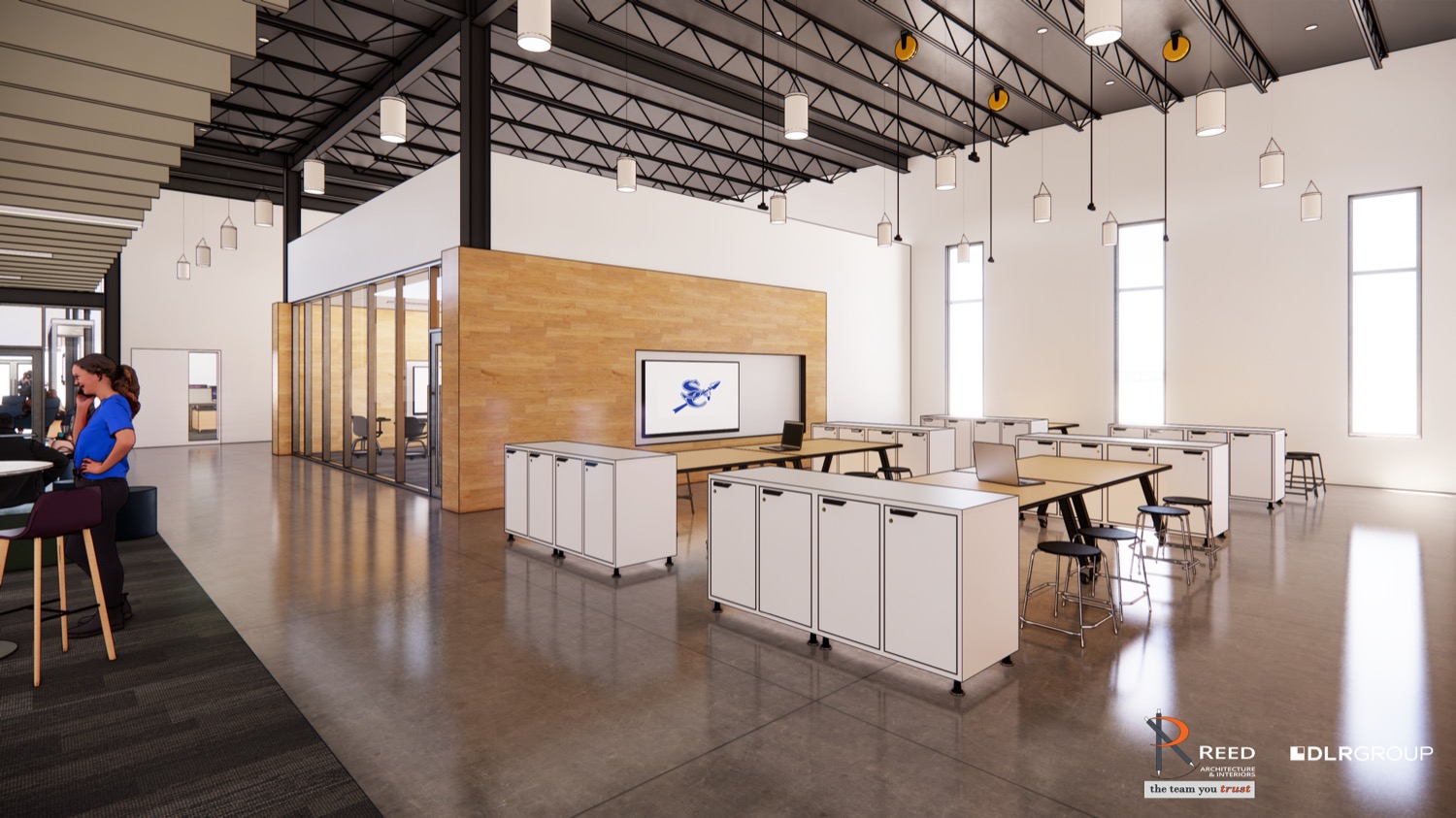
As an example, she used a real-life employer in Sapulpa. “If a student completed an internship at Reed Architecture, they would become familiar with the tools of the trade,” she said. “These students will then have the chance to return to school and hone some of the skills required to utilize some of this technology thanks to our fabrication lab and other lab components.”
Englett says that the school will work alongside institutions like Central Tech to ensure that all students get the opportunity to have real-world experience in whatever direction they decide on. “No matter what job path they choose, our kids will now have access to the technology they will use,” she said.
Englett says the district believes all students should have “early opportunities to discover their strengths, acquire experiences related to careers and college majors, and develop life skills necessary for success after high school.”
Educational Pathways provides exactly this, offering a chance for all learners—not just those who are college-bound—to obtain possible career-related experience. That pathway may evolve over time as the student progresses and figures out what their specific needs are. “At the end of the day, this is about doing what is best for kids,” Englett says. “We want to graduate students who are prepared to tackle their next chapter in life, whatever and wherever that may be.”



